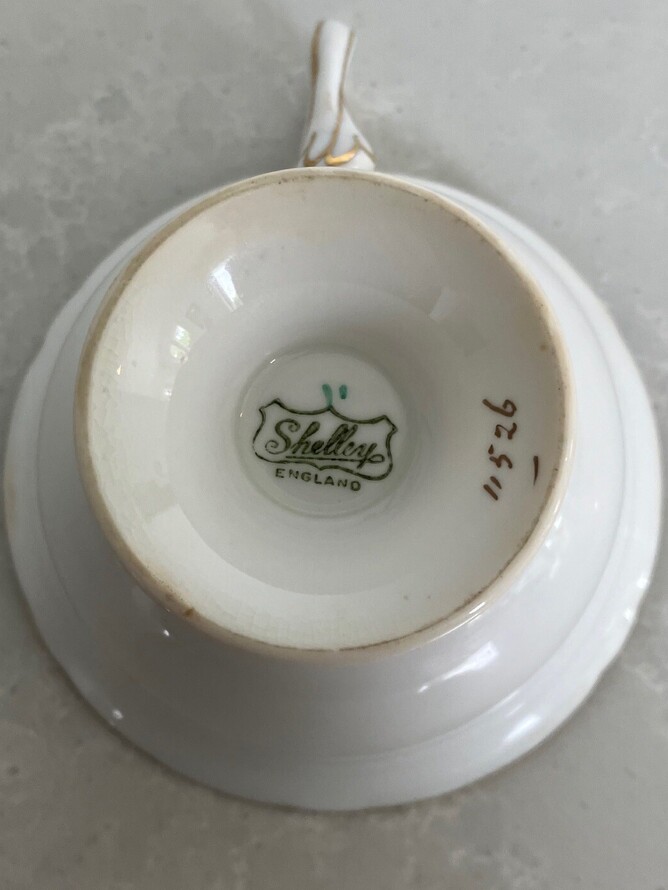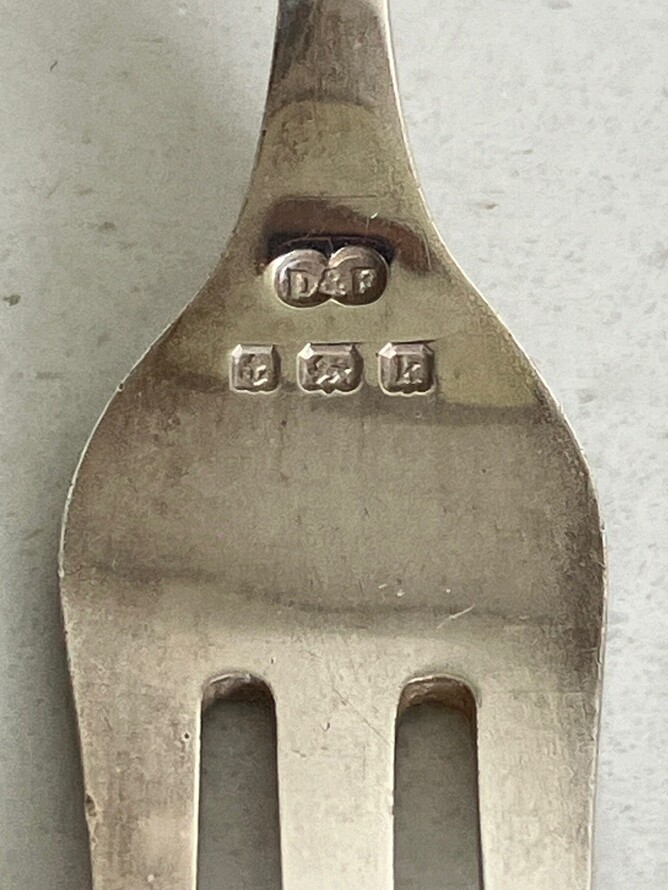🔍 How to Spot an Authentic Antique 🔍
Antiques are more than just old items; they are windows into history, craftsmanship, and artistry. Whether you're a collector, investor, or simply an enthusiast, identifying authentic antiques is crucial to making informed decisions. Here are a few tips on how to spot genuine pieces in some of my favourite categories glass, sterling silver, ceramics, and furniture.
1. Glass
When it comes to antique glass, look for signs of handcrafting. Earlier glass pieces often show subtle irregularities—tiny air bubbles, uneven thickness, and hand-cut edges. Antique glass may also have a more muted, warm glow compared to modern, mass-produced glass. Pay attention to the base as well—older glass pieces often have a polished pontil mark, where the glass was broken free from the blowing rod.
2. Silver
Sterling silver is one of the easiest materials to identify, thanks to its hallmarking system. Genuine sterling silver items will often be marked with .925 (indicating 92.5% pure silver), stg sil or even better with a maker’s mark and year. Authentic antiques may have some tarnishing, but be cautious as silver-plated items can easily be mistaken for genuine sterling and some manufacturers of silver plate used their own markings that sometimes vaguely resemble hallmarks. Genuine English silver has a lion passant, the mark of the city where it was assayed, and a date letter – the shape of the frame and font type allow you to precisely date the piece. There is also usually a maker’s mark, which can also be searched in online databases. Having a jeweller’s loupe or even an app on your phone to magnify any marks is really helpful.
3. Ceramics
When it comes to ceramic antiques, examine the glaze and the quality of the decoration. Older ceramic pieces often feature hand-painted details or transfer prints that are less precise than modern, machine-made versions. The glaze should feel smooth but there are often slight imperfections, and the base of the piece may be unglazed, showing the natural colour of the clay. There are plenty of online resources able to assist you in dating pieces based on the maker’s marks stamped or incised into ceramic pieces. Online collectors groups can also be a valuable resource.
4. Furniture
Antique furniture is a true test of craftsmanship. First, check the joints—authentic vintage pieces, especially pre-20th century, are often held together by dovetail joints, mortise-and-tenon, or pegged connections rather than modern screws or nails. The wood itself is another giveaway: genuine antique furniture will typically show signs of ageing, such as slight warping, discolouration, or natural wear that adds character. Also, look for original hardware—old brass, iron, or even wooden knobs and handles that were hand-finished often tell the tale of a piece’s authenticity. Also check the proportions, sometimes pieces have been altered to suit a specific space or purpose and that can also have an impact on value.
Final Tip: Know Your History
Understanding the era and style of the piece you're evaluating is key. For instance, knowing the distinct features of Georgian, Victorian, Edwardian, or mid-century furniture, or recognising the difference between Art Deco and Art Nouveau glass, can make all the difference when identifying a true antique.
Collecting antiques is both a science and an art, and by learning these key identifiers, you can build a collection with confidence—whether for investment or pure enjoyment.
If you have any questions or want some help identifying a piece please get in touch, I'd love to help.



